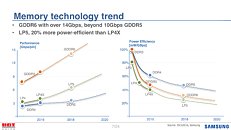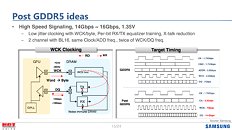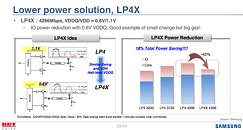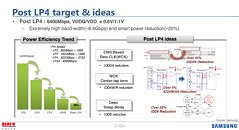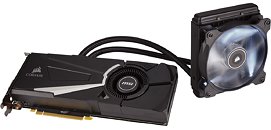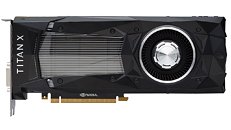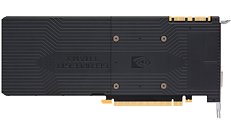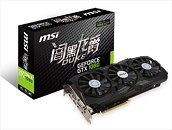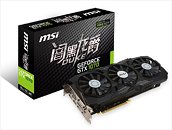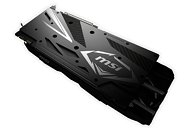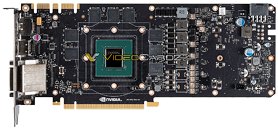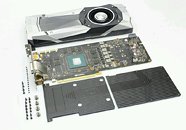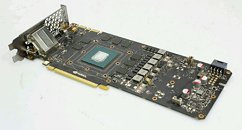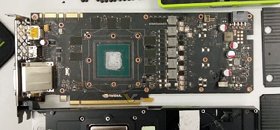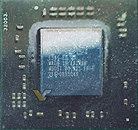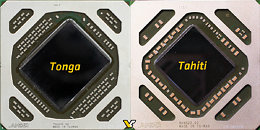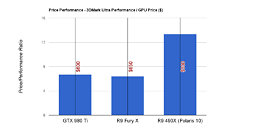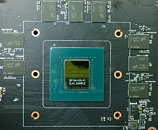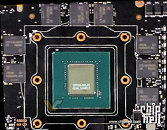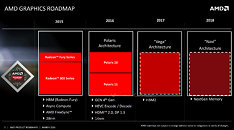
NVIDIA Preparing GeForce GTX 1080 Ti for 2017 CES Launch
NVIDIA is preparing its next high-end graphics card under the GeForce GTX brand, the GTX 1080 Ti, for launch along the sidelines of the 2017 International CES, early next January. The card will be positioned between the $599-$699 GeForce GTX 1080, and the $1199 TITAN X Pascal, and will be based on the 16 nm "GP102" silicon.
Chinese tech publication Zol.com.cn reports a few possible specifications of the SKU, adding to what we know from an older report. NVIDIA is carving the GTX 1080 Ti out from the GP102 silicon by enabling 26 out of 30 streaming multiprocessors, resulting in a CUDA core count of 3,328. This sets the TMU count at 208. The ROP count is unchanged at 96. The card features a 384-bit wide GDDR5X memory interface (and not the previously-thought GDDR5). It will have an identical memory bandwidth to the TITAN X Pascal, of 480 GB/s. The card will feature 12 GB of standard memory amount. Its GPU clock speeds are expected to be 1503 MHz core, with 1623 MHz GPU Boost.
Chinese tech publication Zol.com.cn reports a few possible specifications of the SKU, adding to what we know from an older report. NVIDIA is carving the GTX 1080 Ti out from the GP102 silicon by enabling 26 out of 30 streaming multiprocessors, resulting in a CUDA core count of 3,328. This sets the TMU count at 208. The ROP count is unchanged at 96. The card features a 384-bit wide GDDR5X memory interface (and not the previously-thought GDDR5). It will have an identical memory bandwidth to the TITAN X Pascal, of 480 GB/s. The card will feature 12 GB of standard memory amount. Its GPU clock speeds are expected to be 1503 MHz core, with 1623 MHz GPU Boost.














